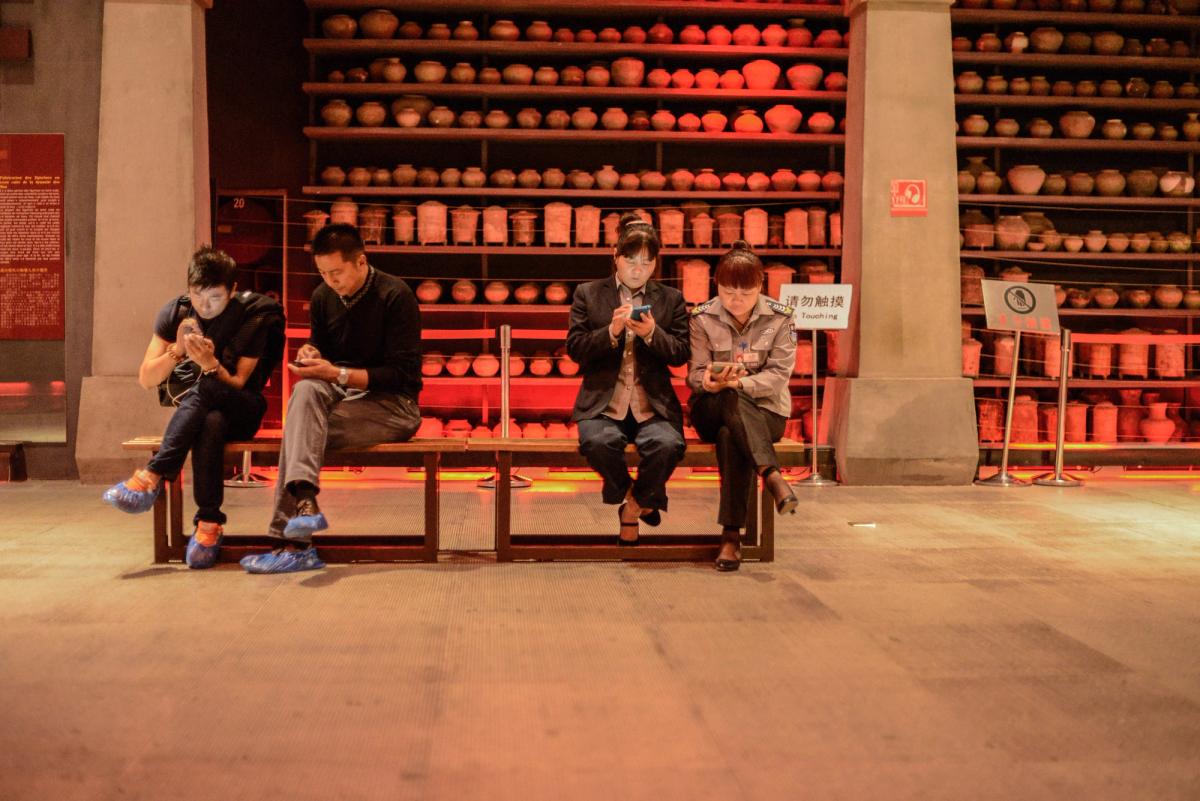It has been three years since this column began. This anniversary, along with the destabilising shifts within the UK’s socio-political scene, gives me cause to write philosophically about the future.
In 2019, Instagram seemed at the height of its powers, and its use in the art world was ubiquitous. This column was born out of a real need in our often technologically challenged industry to understand the intricacies of the app—how it worked; the new features that were developing; and how Instagram was both changing, and being changed by, creatives.
The articles have covered the many ways in which users have adapted the app to sell art online; how real-life art events, such as exhibitions, auctions and residencies, have been replicated on it; and the viral images that have captured our imaginations. It has also explored Instagram’s darker sides: the censorship of art and the struggle of artists to battle against the algorithms that remove “sensitive” works, as well as issues around toxicity and its effects on mental health.
Over the past three years there have been innovative developments on Instagram, from augmented reality filters and live-streaming features to curation tools and NFT capabilities. But lately the topics that have risen to the surface of this column have been almost anti-Instagram. More often than not I find myself asking: what is the alternative to Instagram? As last month’s article explained, millions of users miss “the good old days” of Instagram, when photo-sharing and community building were key. The app’s constant “upgrades” no longer seem bent on innovation but appear to be chasing the success of other social media platforms, such as TikTok, instead.
An interesting article by Cal Newport in The New Yorker looks at this dynamic. It describes TikTok as an “entertainment platform” based on attention-grabbing content while the older “legacy platfoms”, such as Facebook and Instagram, are built on what are known as “social graphs”: the network of links to family and friends that users assemble over time. It is a case of distraction versus connection.
“So long as these legacy platforms rely on their underlying networks as their primary source of value, they will retain a monopolistic protection of sorts within the broader attention economy,” Newport writes. “If they instead move away from their social-graph foundations to concentrate on optimising in-the-moment engagement, they’ll enter a competitive landscape that pits them directly against the many other existing sources of mobile distraction.” He concludes that this social media tussle will “end up liberating the social internet”, bringing an end to an era of social-media monopolies that has been “unhealthy for our collective digital existence”.
And in that spirit, the monopoly of this column is also ending. It will no longer focus solely on Instagram, but explore instead the full spectrum of social media and its uses in the art world. I welcome a healthier, fresher social media—and look forward to sharing my insights with you.


